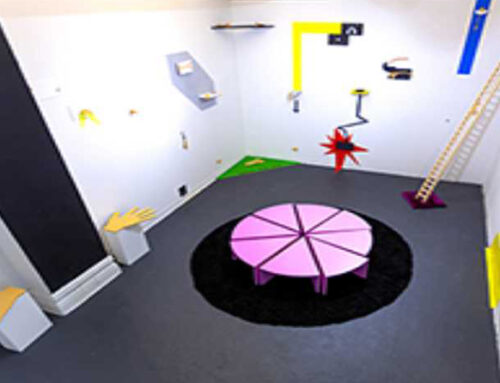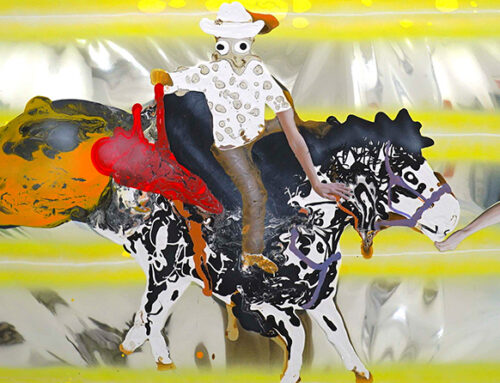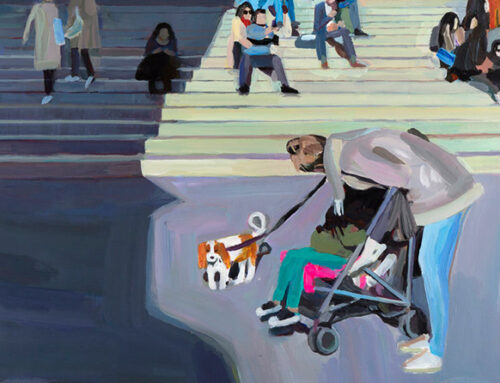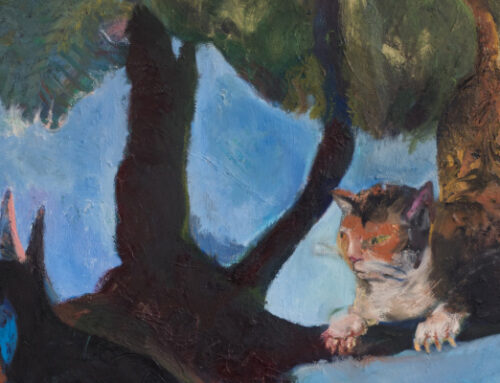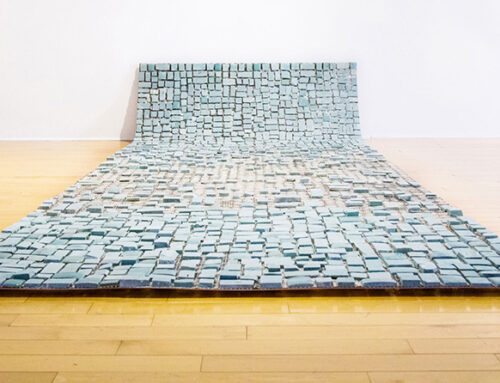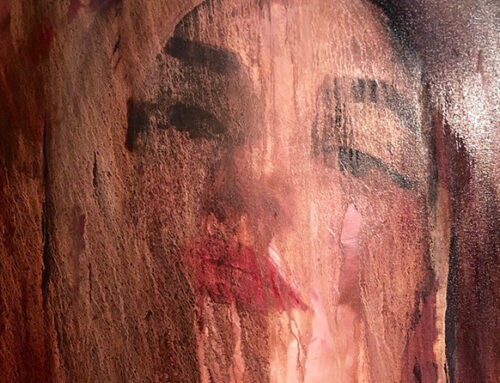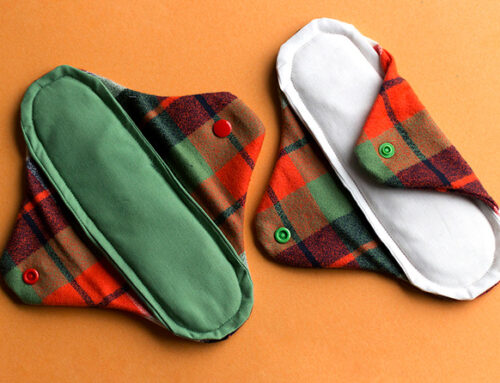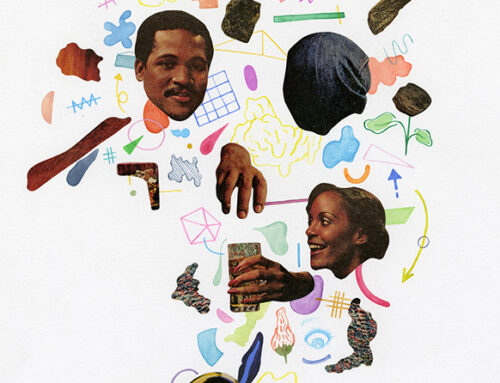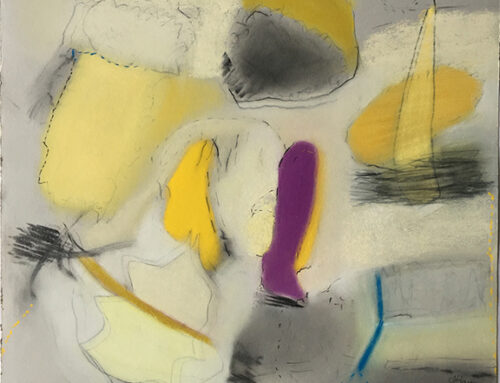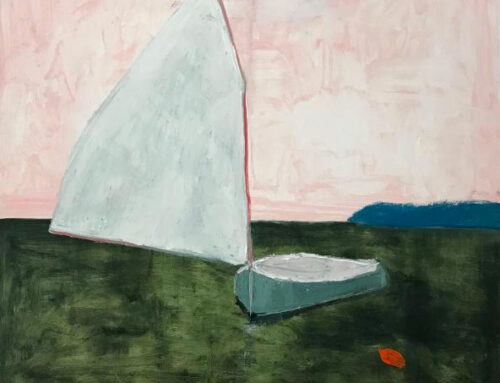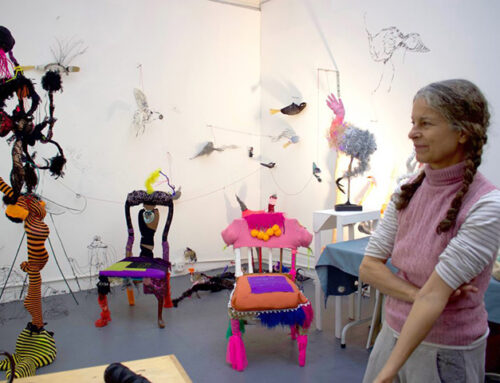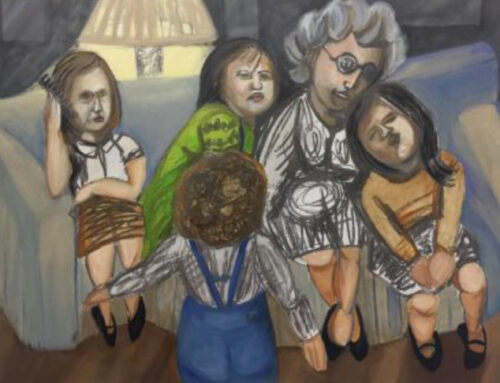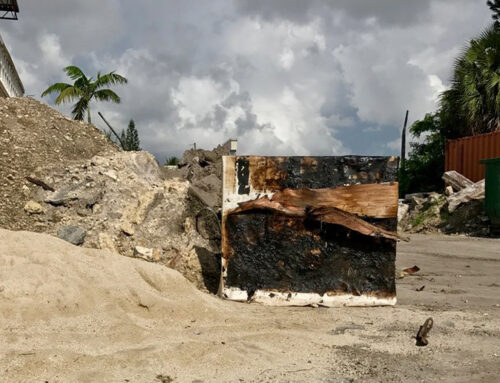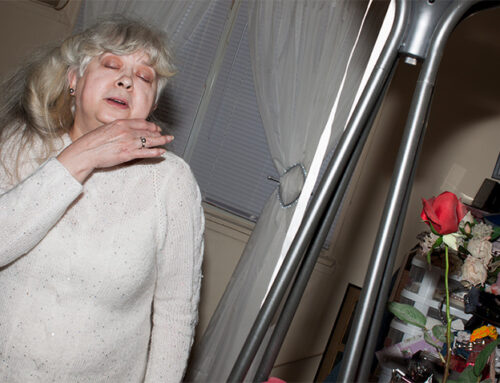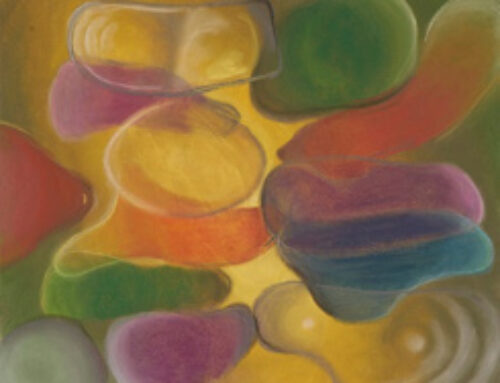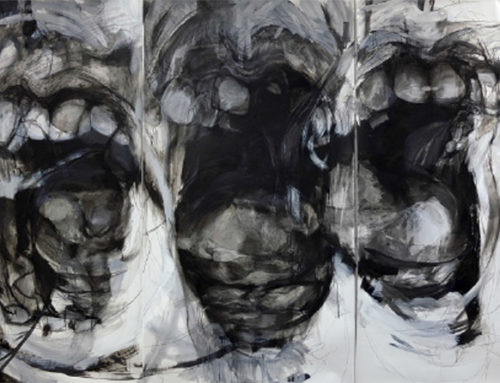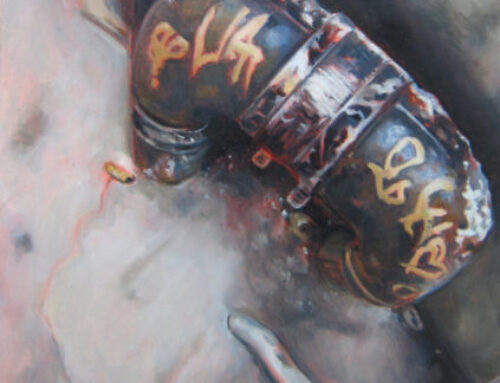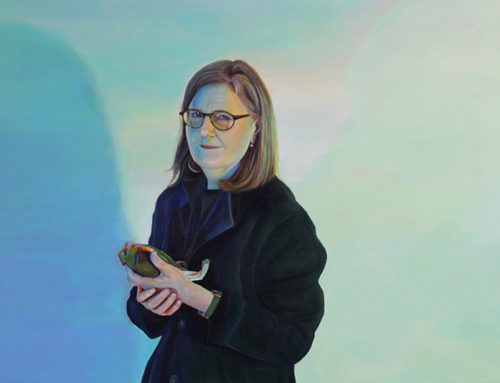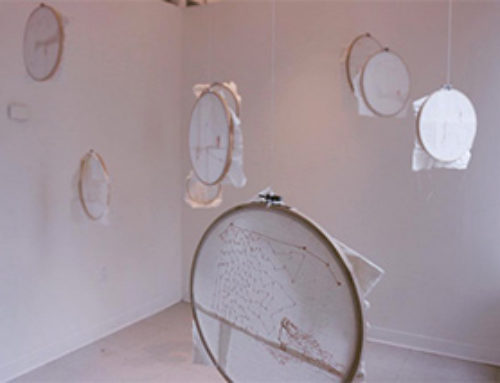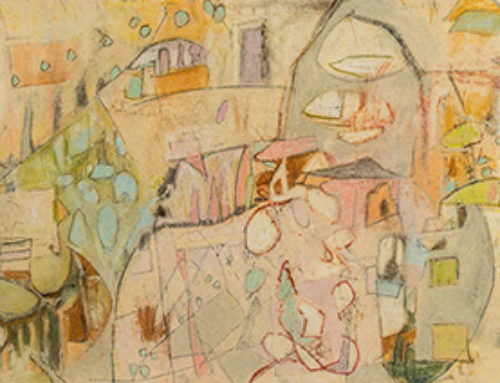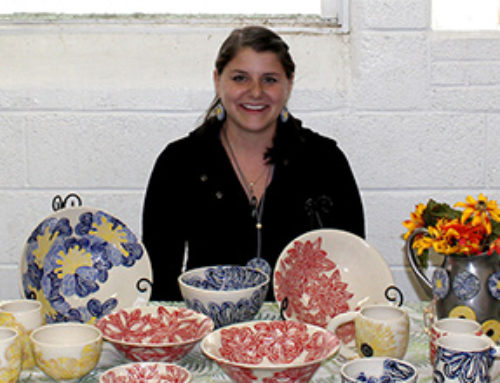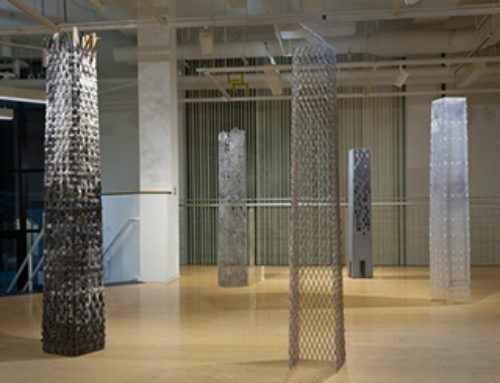
Zoombaloo 2018, costume

Shorty TallBoi, 2018, puppet

Sweet Nymph, 2018, costume
ALEXANDRA CIARDULLO | INTERVIEW QUESTIONS
Q. How did your passion for art begin taking shape for you—at home, school, a mentor, and other artists who inspired you or a personal experience that started the fermenting process?
A. I was constantly making things as a child. Drawing, painting, sculpting. I would always sign up for art classes outside of school. Luckily for me, my family supported and nurtured my artistic efforts, and I was fortunate enough to be able to attend the Maryland Institute College of Art (MICA). Once there, I began to refine my art and develop a more clear understanding of my practice. I t was there I was introduced to embroidery, puppetry, performance and costuming inspired by the crochet work of Olek, the activism of Bread and Puppet Theater and the colorful costumes of Eda Yorulma.
Q. How would you describe your artwork, in terms of materials or mediums? Has it changed or evolved since formal training and what are your goals for it?
A. Coming from a traditional fine arts background, I entered MICA with that “fine arts” lens in mind. Primarily, I worked in oil painting at first, focusing on figurative work. Even in my embroidery, my work was still focused in a literal, portraiture style. After taking a few classes within the Fiber Department at MICA, my work began to be more performance based, utilizing soft sculpture, costume and drawing. Puppetry became the performative medium of choice that allowed me to use these skills and create stories. My immediate goal is to use puppetry and performance as a way to continue to open up discussions of social issues in Baltimore city.
Q. How important is a personal style to you as an artist or does your work reflect larger social and cultural issues?
A. For me, personal style comes second to the conversation, I try to evoke with my work. When I’m working on a project, the subject matter greatly influences my style. When I’m telling a playful story my characters will look colorful and silly; if I’m discussing social awareness, my work becomes darker in tone and more severe in structure, depending on the responses I want to elicit.
Q. Has being a woman affected your work and others’ perception of it?
A. In a way, it’s affected my work in the sense that it has changed others’ perception of how textiles portray femininity. My work is influenced by my grandmothers’ craftsmanship, but is completely different in style and context. Textiles have a long history of being woman’s work, but for that is a point of pride and challenge its negative connotations and convey it as a strength and a tool.
Q. How do you feel about being part of a woman’s art organization?
A. Being in a woman’s art organization is much more to me than just being a woman artist. It illuminates the strength and independence women hold and use to support and assist each other. Such a membership emphasizes to me that femininity needs hold no role to be a female artist; that my work as a textile and performance based artist maybe recognized and appreciated more than just for visual enjoyment, but also as an example of the diversity of women in the arts. But there is still more room to be made for future issues at hand in women organizations. We need to have more inclusion of trans women, women of color and femmes in the art world.



